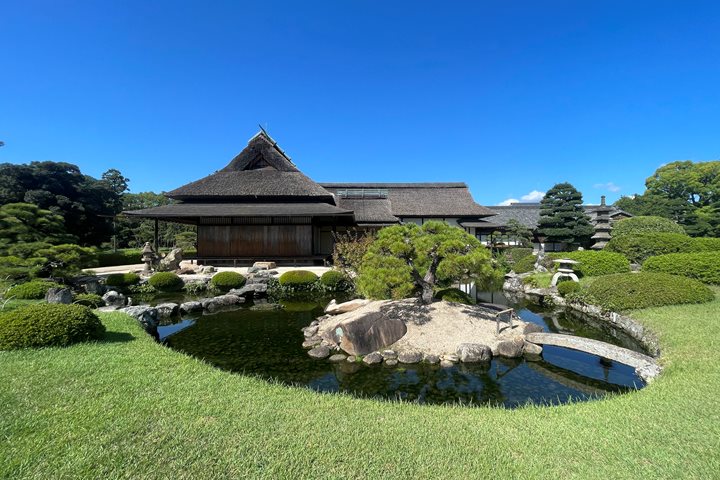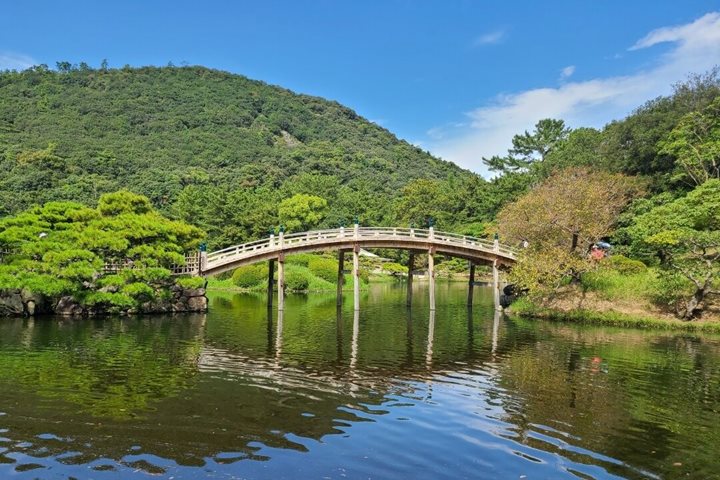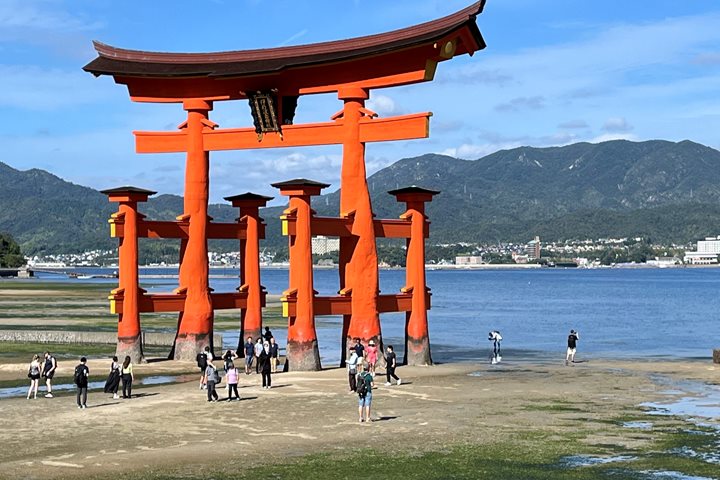Takamatsu has a special place in the hearts of all Lindblad explorers. The Ritsurin Garden was fabulous. It had koi fish swimming in all the ponds, waterfalls, and traditional houses. The Shikoku Mura open air museum was beautiful, and the bonsai farm was absolutely amazing with the skills of bonsai masters’ trimmings of 150-year-old bonsai on display! It is impossible to describe the sound of the water running across the stones, the smell of the gardens, or even the endless kindness of the people offering Udon to each guest to sample.
You must visit to fully appreciate this wonderful place. See you again soon Takamatsu!







